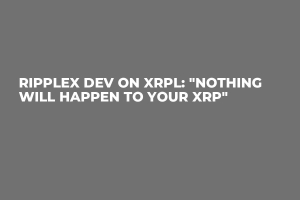
Disclaimer: The opinions expressed by our writers are their own and do not represent the views of U.Today. The financial and market information provided on U.Today is intended for informational purposes only. U.Today is not liable for any financial losses incurred while trading cryptocurrencies. Conduct your own research by contacting financial experts before making any investment decisions. We believe that all content is accurate as of the date of publication, but certain offers mentioned may no longer be available.
XRP enthusiast WrathofKahneman wrote in a recent tweet that XRP Ledger network hardware has been a point of discussion lately, citing RippleX's recent update on batch transactions.
RippleX recently published a performance testing report for Atomic/Batch Transactions, a proposed amendment to the XRPL that allows the atomic execution of multiple transactions as a single unit.
WrathofKahneman pointed out that one of the interesting things about the published performance testing report is that it gives an idea of how the Ripple hardware runs.
To assess the performance implications of batch transactions, the RippleX performance team carried out targeted benchmarking tests with the testing infrastructure, matching the hardware specifications of Ripple's mainnet rippled infrastructure.
RippleX engineer responds
Responding to the discussion, RippleX software engineer Mayukha Vadari pointed out an important aspect of feature testing. Vadari stated, "I don't think network latency matters that much for feature testing—you're really just comparing against the baseline of payments, and that delta is what's important."
The performance testing for Batch Transaction encompassed various transaction types, including XRP-XRP Transaction and IOU-Direct Transaction, and found that the XRPL remains highly performant using the feature, which is expected to boost its overall utility.


 Dan Burgin
Dan Burgin Vladislav Sopov
Vladislav Sopov U.Today Editorial Team
U.Today Editorial Team